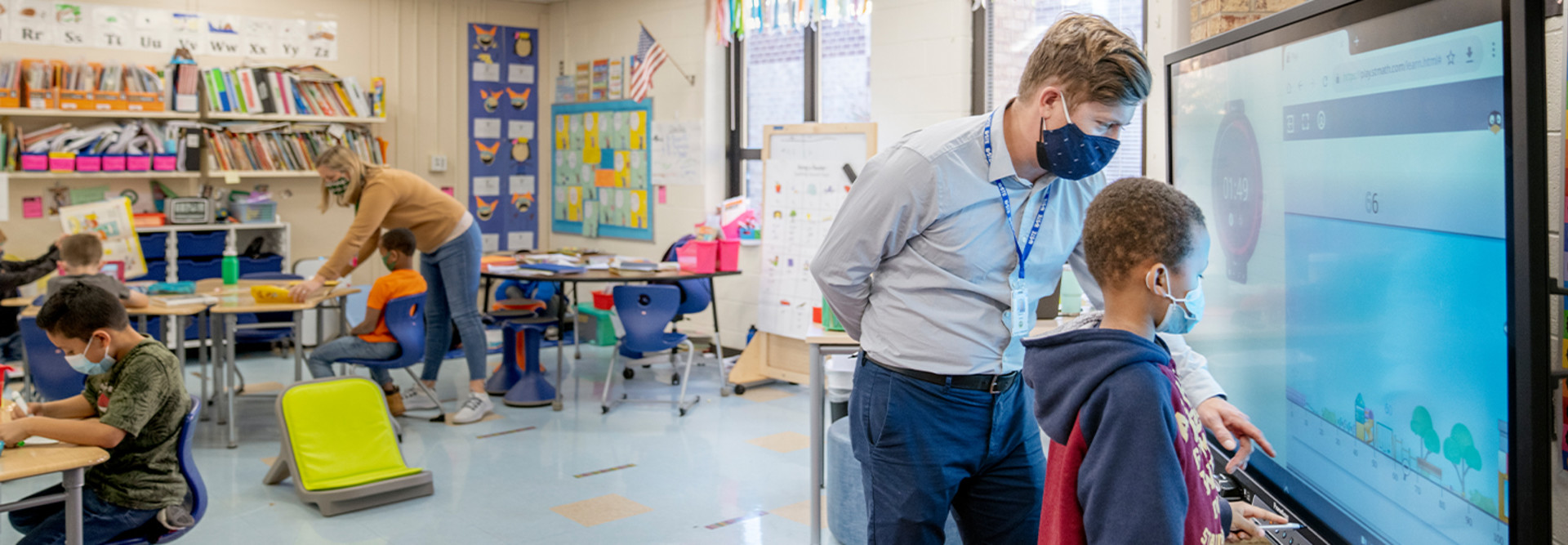Janet Kolodner, a professor of the practice in the Lynch School of Education and Human Development at Boston College, says that these technologies must be used thoughtfully.
“Technology is only as valuable as the way it’s used,” she says. “Too often these tools are used as tricks for immediate engagement, instead of something that will help students engage and learn over a long period of time.”
“It’s not the bells and whistles of video games that we should be duplicating in the classroom,” says Kolodner, an expert in the fields of Learning Sciences and Learning Engineering.
She explains, “We need our classroom technology tools to help learners move to the next level of capability or understanding. That means that classroom tools should have the capacity to promote curiosity, support discourse and collaboration, and give students a sense of agency.”
Interactive, Versatile Tools Expand Teaching Opportunities
ACPS decision-makers wanted to provide the core technology tools for a modern classroom, as seen through the lens of instructional practices, says Osborn. The Promethean digital whiteboards offer a platform for collaborative learning, high-quality visual and audio presentation, and manipulation of content from many sources.
Osborn says that while “we see a spike in student engagement when the technology is introduced — you shouldn’t underestimate the power of novelty — the embedded professional development is crucial to maintaining that engagement.”
Part of that training focuses on sharing techniques for getting students to interact with displayed content themselves.
Adding these classroom tools also provides another benefit: increased digital equity. In “Driving K–12 Innovation: 2021 Hurdles + Accelerators,” the Consortium for School Networking notes ensuring students have access to connectivity and devices builds digital foundations. In a second report, “Driving K–12 Innovation: 2021 Tech Enablers,” CoSN cited digital collaboration platforms as one of its top five tech enablers.
“We want to give teachers the tools they need, ones that are versatile enough to help every student,” says Osborn, who leads a team of technology coaches who work with teachers in their classrooms, training them to use the tools to support, not replace, their pedagogy.











